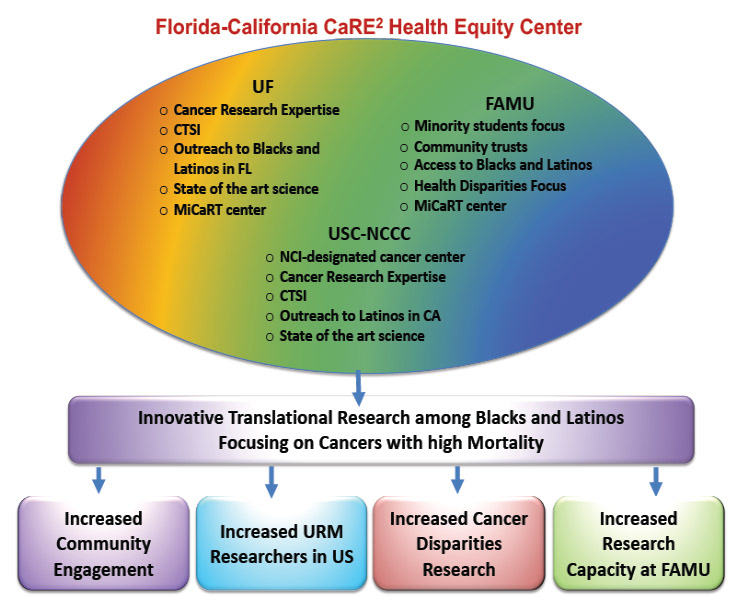System-Centric Stakeholders
Greetings! I am Aaron Redda a doctoral student in the College of Communication and Information Sciences at The University of Alabama. I have created this Diversity & Inclusion ePortfolio (D&I-eP) as part of my work for the CIS 650 (Applying Diversity Leadership Theories & Praxis) course during Spring 2025.In my D&I-eP, I analyze existing diversity and inclusion responses focused on cancer prevention among underserved populations through early screening and lifestyle interventions such as smoking cessation and alcohol reduction. This project was conducted in collaboration with Emlane Social, a health and wellness digital media company based in Tallahassee, Florida, committed to addressing health disparities impacting African American communities.
On this page, I present a community-centered analysis of Emlane Social’s stakeholders by collecting and interpreting feedback from both system-centric and user-centric perspectives. Through interviews with agency leadership, community members, and external partners, I explored needs, expectations, and opportunities for strengthening Emlane Social's health communication efforts. Insights gathered emphasized the value of culturally tailored messaging, the demand for more in-person engagement opportunities, and the importance of expanding community partnerships. Drawing from qualitative research methods and scholarly literature, this analysis directly informs the ongoing development of Emlane Social's strategic diversity action plan to better meet the needs of Black communities impacted by cancer disparities.
During my conversation with Bobby House, the owner of Emlane Social, he identified several key system-centric stakeholders, including Emlane Social staff, community health partners, digital media collaborators, and local gym representatives such as Steelyard Gym. Their feedback focused on alignment with mission values, resource limitations, and engagement strategies. Many stakeholders reported a strong commitment to racial equity in health promotion but noted the need for clearer outcome metrics and more robust partnerships with local healthcare providers. Below is a picture of Bobby House.
User-Centric Stakeholders
The user-centric group included community members that Emlane Social's content aims to reach. Feedback was gathered through informal conversations with two individuals (pseudonyms “John Doe” and “Jane Doe” are used for confidentiality). These conversations revealed that users value Emlane Social use of culturally familiar figures and relatable language in its video campaigns. However, participants expressed a desire for more face-to-face programming, regular live health Q&A sessions, content that addresses other avenues relating to cancer prevention and social support regarding deal with family members who are dealing with cancer
Researcher Observations and Family Perspective
To incorporate a researcher and family-centered perspective, I interviewed Dr. Kinfe Redda, a founding partner at CaRE2 Health Equity Center. CaRE2 is a collaboration among Florida A&M University (FAMU), the University of Florida, and the University of Southern California, focusing on reducing cancer disparities in Black and Latino communities. Dr. Redda emphasized the importance of accessible education in Black communities targeting smoking cessation and alcohol reduction. He also highlighted the need for increased representation in research and outreach initiatives, mentoring underrepresented minorities, and aligning research with community priorities to address cancer disparities effectively .Representation in research and clinical trials leads to better outcomes because diverse participant groups ensure that findings are more generalizable and that interventions are effective across different populations (Bierer, Meloney, Ahmed, & White, 2022). Including underrepresented groups, particularly women and minorities, helps address health disparities and improves the safety and efficacy of treatments for all individuals (Bierer, Meloney, Ahmed, & White, 2022). Below is a picture of Dr.Redda.


Modes of Data Collection
Several tools were used to capture the diverse perspectives of Emlane Social's stakeholders. Semi-structured interviews were conducted with system-centric stakeholders and community members to explore their views in depth. Additionally, casual feedback was collected from users during community engagement events, offering real-time insights into their experiences. Further perspectives were gathered through my researcher-participant lens, supplemented by family discussions informed by academic work in health equity. The interview questions centered on perceptions of Emlane Social's mission alignment, accessibility, desired improvements, and overall experiences with the organization's health communication efforts.Qualitative research is particularly effective for gathering feedback from researchers, system-centric stakeholders, and user-centric participants because it assumes the existence of dynamic and multiple realities (Renjith, Yesodharan, Noronha, Ladd, & George, 2021).. This approach allows for a deeper exploration of diverse experiences, perceptions, and social contexts, capturing rich and nuanced insights that quantitative methods might miss (Renjith, Yesodharan, Noronha, Ladd, & George, 2021).
Relation to Diversity Action Plan Project
The feedback collected directly informs the strategic diversity action plan being developed for Emlane Social in several ways. Stakeholder input confirmed the need for objectives that include mental health messaging and accessibility for populations with low digital literacy. The feedback highlighted the importance of offering in-person programs and co-created content with community members. System-level feedback revealed concerns about staff burnout and funding limitations, which must be addressed for the plan’s sustainability. Stakeholders emphasized the need for outcome indicators beyond digital engagement, focusing on tangible impacts such as self-reported smoking cessation attempts and screening participation. Emlane Social is commited to producing culturally tailored messaging in healthcare is essential for effectively addressing health disparities, as it ensures that communication resonates with the values, beliefs, and experiences of diverse populations (Torres-Ruiz, Robinson-Ector, Attinson, Trotter, Anise, & Clauser, 2018). Research shows that culturally specific interventions can significantly improve engagement, trust, and health outcomes among underserved groups (Torres-Ruiz, Robinson-Ector, Attinson, Trotter, Anise, & Clauser, 2018).
Works Cited
Bierer BE, Meloney LG, Ahmed HR, White SA. Advancing the inclusion of underrepresented women in clinical research. Cell Rep Med. 2022 Mar 7;3(4):100553. doi: 10.1016/j.xcrm.2022.100553. PMID: 35492242; PMCID: PMC9043984.
Renjith V, Yesodharan R, Noronha JA, Ladd E, George A. Qualitative Methods in Health Care Research. Int J Prev Med. 2021 Feb 24;12:20. doi: 10.4103/ijpvm.IJPVM_321_19. PMID: 34084317; PMCID: PMC8106287.
Torres-Ruiz M, Robinson-Ector K, Attinson D, Trotter J, Anise A, Clauser S. A Portfolio Analysis of Culturally Tailored Trials to Address Health and Healthcare Disparities. Int J Environ Res Public Health. 2018 Aug 28;15(9):1859. doi: 10.3390/ijerph15091859. PMID: 30154333; PMCID: PMC6165382.